April 12
2016 April 12
Rebecca Reader-Lee sends photographs of four moths from North Highlands, April 11. All are members of notoriously tricky pairs, and Jeremy Tatum is grateful to Jeremy Gatten for help with the identifications. It turned out that we agreed on the identification of the first three – Feralia comstocki, Orthosia transparens, and Hypena californica. The fourth is a not-quite-pristine-fresh example of one or other of the very tricky pair Triphosa haesitata / Coryphista meadii, and it turned out that Jeremy opted for one of them and Jeremy opted for the other! So – if anyone else would like to throw his or her hat into the fray and say (with reasons!) which of the two you think it probably is – do please let us know!


 Orthosia transparens (Lep.: Noctuidae) Rebecca Reader-Lee
Orthosia transparens (Lep.: Noctuidae) Rebecca Reader-Lee

Hypena californica (Lep.: Erebidae – Hypeninae) Rebecca Reader-Lee

Is it Coryphista meadii (Lep.: Geometridae)?
Or is it Triphosa haesitata (Lep.: Geometridae)?
Rebecca Reader-Lee
We haesitate to say.
The next moth, found on April 10 by John Costello in Grant Park, where the path crosses Amblewood Drive, near the top of the Cordova Ridge, and photographed by Chantal Jacques, is a bit easier to identify! It is a female Ceanothus Silk Moth Hyalophora euryalus.
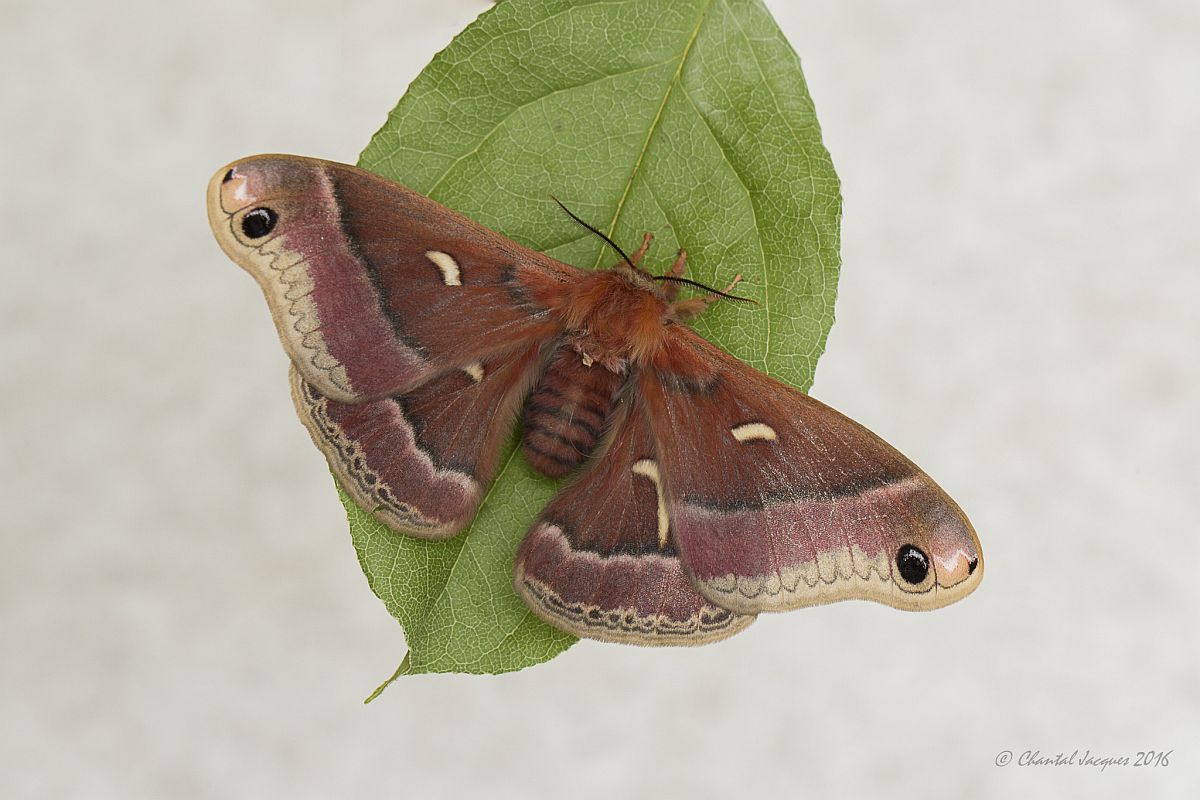
 Ceanothus Silk Moth Hyalophora euryalus (Lep.: Saturniidae) Chantal Jacques
Ceanothus Silk Moth Hyalophora euryalus (Lep.: Saturniidae) Chantal Jacques
Jeremy Tatum writes: Here are a moth and a beetle (weevil) from my Saanich apartment, April 12.
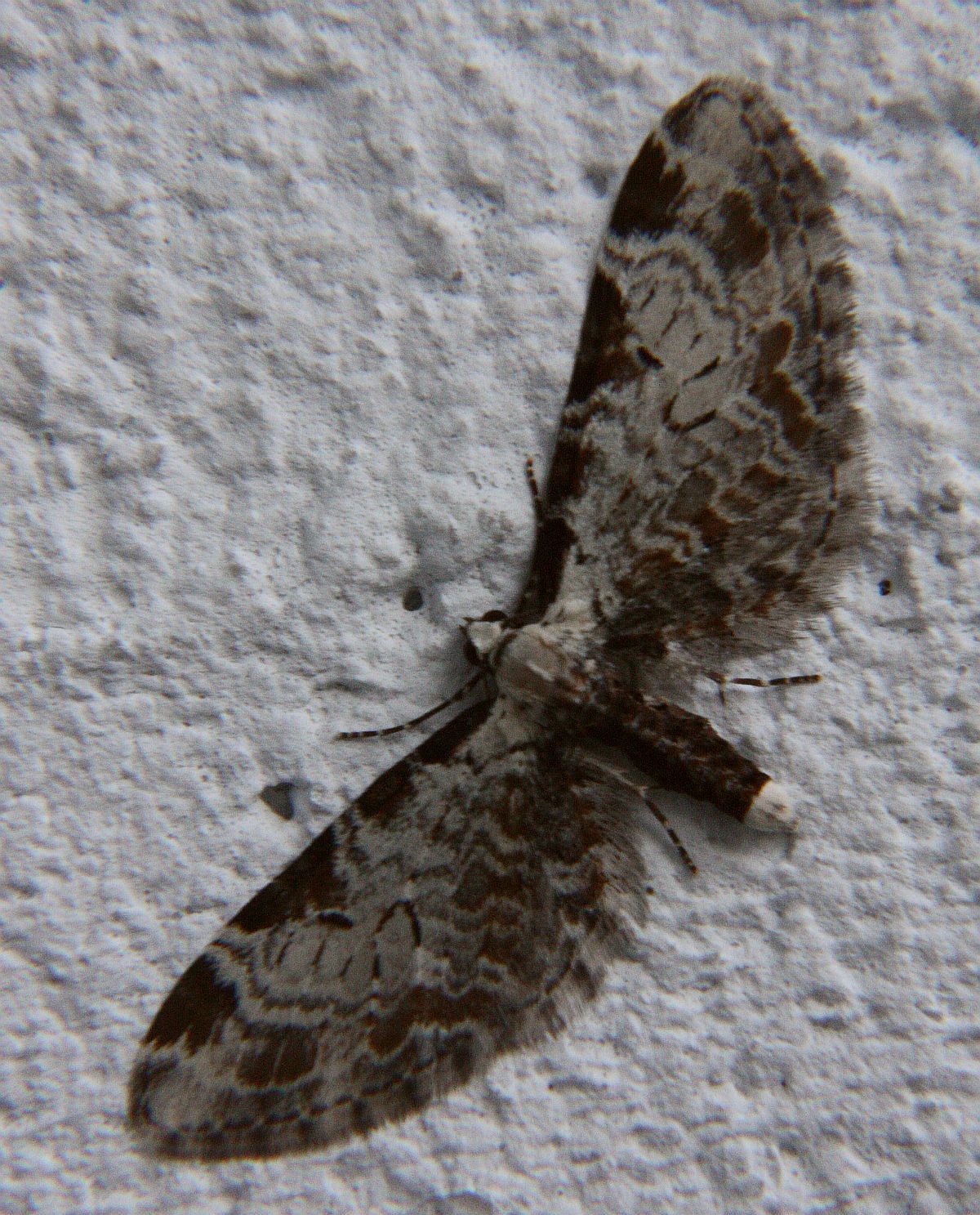
 Eupithecia ravocostaliata (Lep.: Geometridae) Jeremy Tatum
Eupithecia ravocostaliata (Lep.: Geometridae) Jeremy Tatum
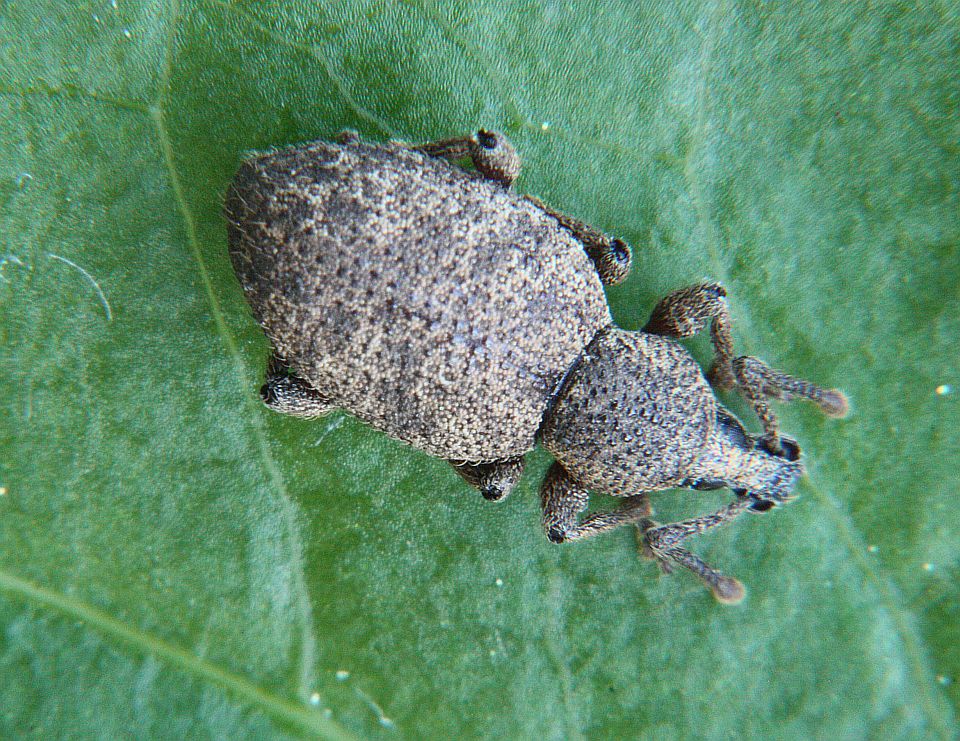
Raspberry Weevil Otiorhynchus singularis (Col.: Curculionidae) Jeremy Tatum
Jody Wells sends us a bit of a challenge. What is this on the eye of a swan?
Jeremy Tatum writes: At first glance it looked to me a bit like a collembolan, but in view of its habitat (!), it is almost certainly a biting louse, also known as chewing louse, also known as bird louse (Class Insecta, Order Phthiraptera, probable Family Philopteridae). And, for interest, this is not the first time we have had a phthirapteran on this site! We had one on a Northern Saw-whet Owl on December 4, 2011.
In addition to the challenge of identifying the louse, there is also the challenge of identifying the swan! The picture was taken at Esquimalt Lagoon, where a Trumpeter Swan and a Tundra Swan have been together in close company for some months. There is no doubt that the louse is on the head of the Tundra Swan, and the swan in the background is the Trumpeter Swan.
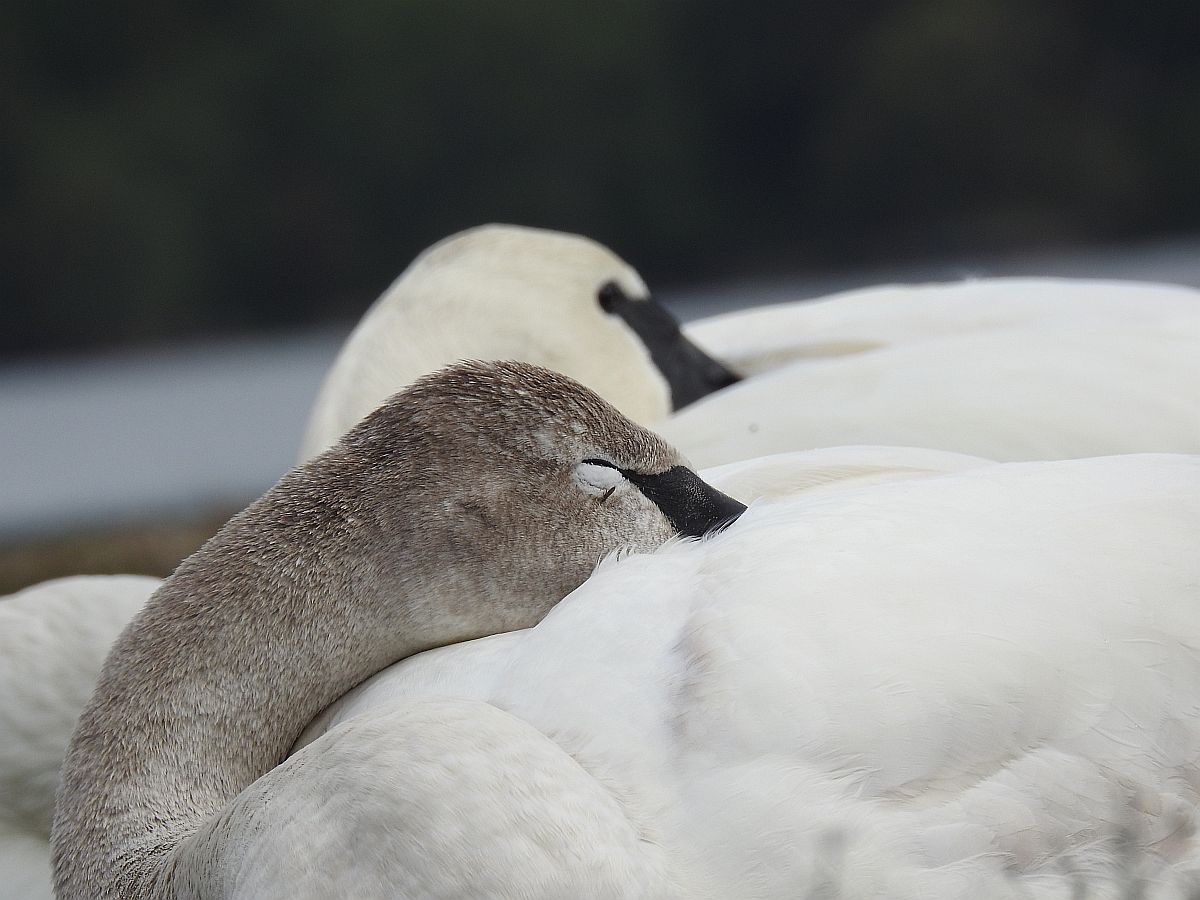
 Biting louse (Phthiraptera) on Tundra Swan Jody Wells
Biting louse (Phthiraptera) on Tundra Swan Jody Wells
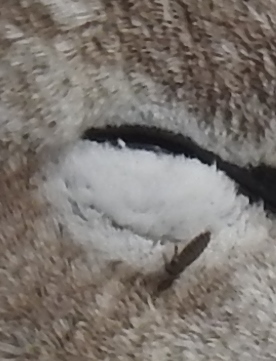
on Tundra Swan
Jody Wells
And, in case any of you were wondering what a “collembolan” is (see previous paragraph) here is an absolutely remarkable photograph of a collembolan photographed by Thomas Barbin in the Highlands District On April 7, and this is the first collembolan to feature on this site. Collembolans, or springtails, are tiny, tiny animals, many of which are found in the soil or in the forest duff. This one is a globular springtail Ptenothrix maculosa. You’ll notice that I wrote “animal” rather than “insect”. Springtails were at one time classified as insects, but, as we all know, taxonomy forever changes! It is my understanding that the Phylum Arthropoda now includes a Subphylum Hexapoda, and the Hexapoda contains two Classes, Insecta and Entognatha. So, springtails are no longer insects – they are entognaths! And globular springtails belong to the Order Symphypleona, and the one illustrated below is in the Family Dicyrtomidae. At least I think I’ve got that right! More pictures from Thomas Barbin tomorrow. Jeremy Tatum.
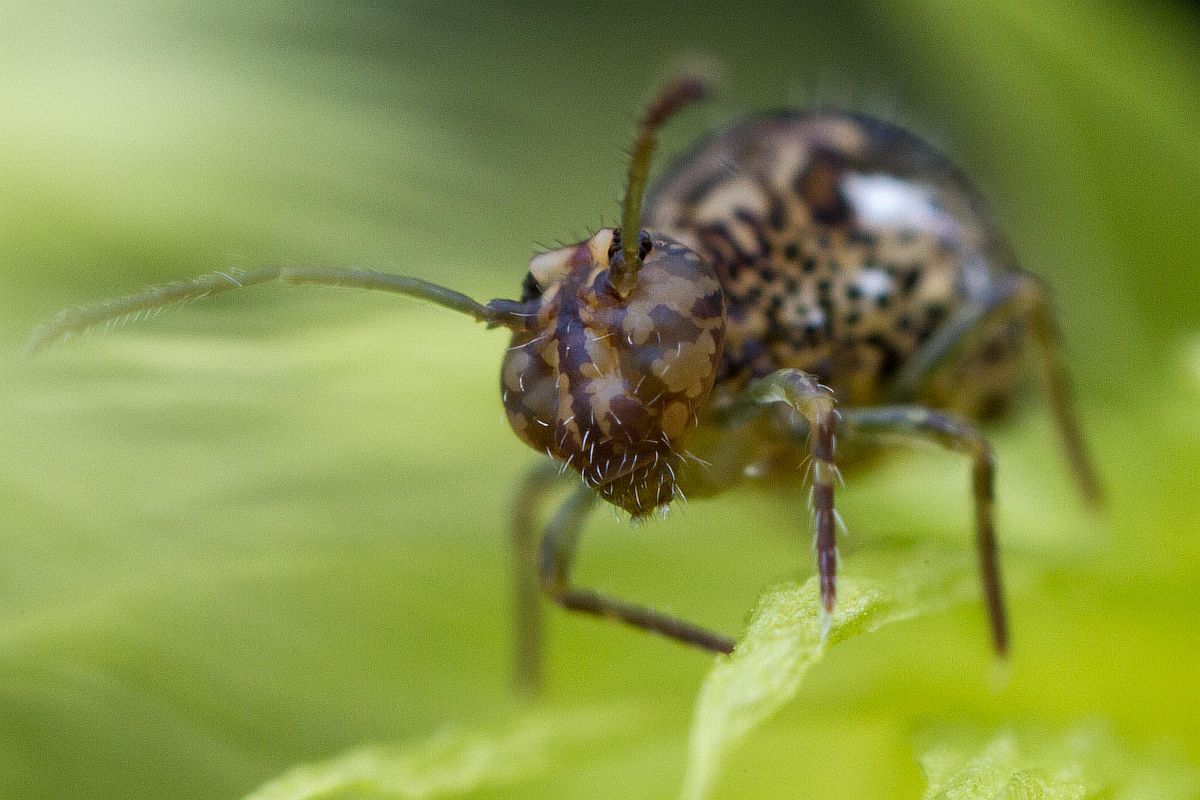
 Ptenothrix maculosa (Symphypleona: Dicyrtomidae) Thomas Barbin
Ptenothrix maculosa (Symphypleona: Dicyrtomidae) Thomas Barbin
